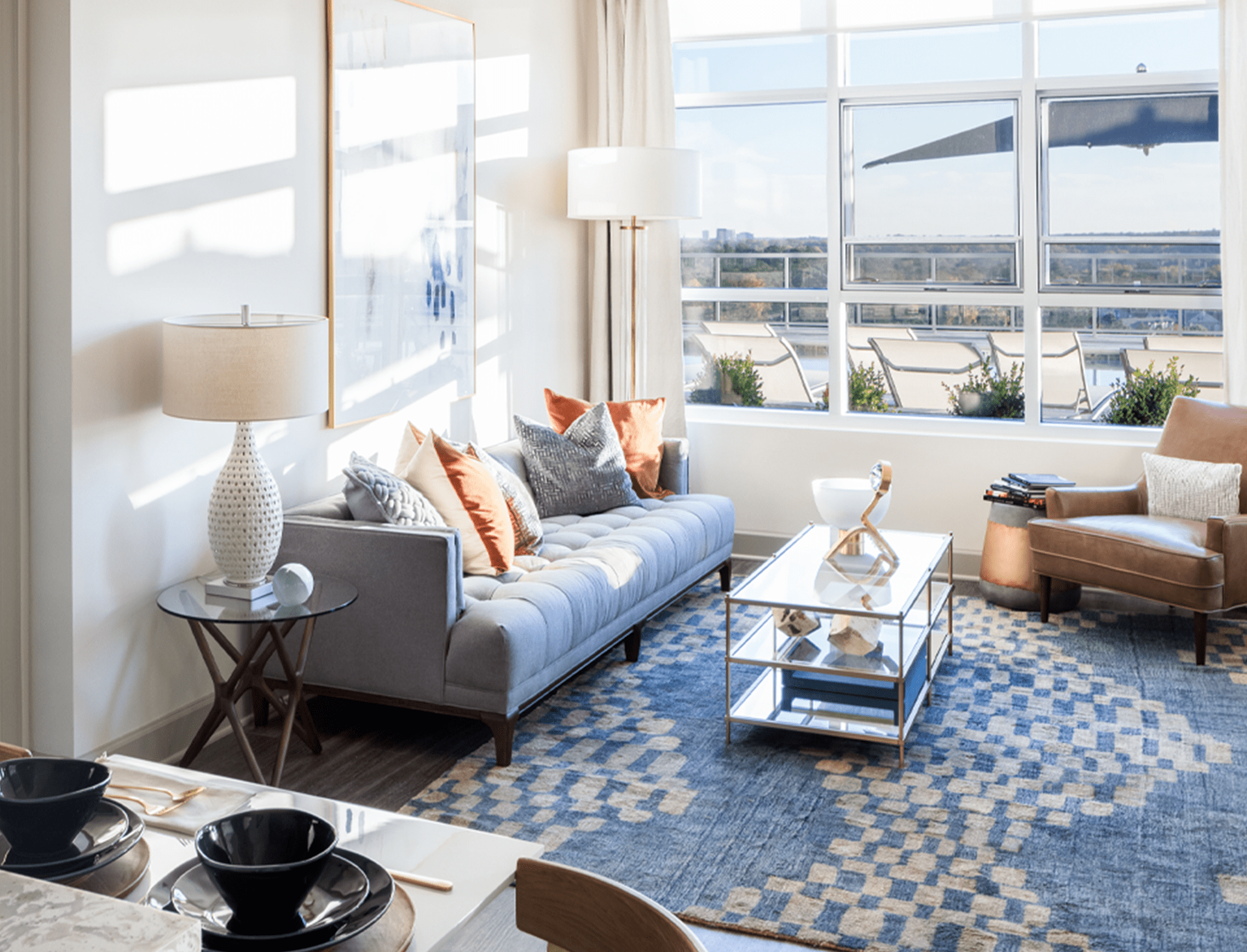What happens when you combine job and wage growth, strong consumer confidence, substantial household formation, and sharply rising home prices? The answer is record-setting demand for apartments. GlobeSt. called 2021 “multifamily’s booming year.”
Let’s count the ways records have been set.
The U.S. apartment sector set an annual absorption record of 617,500 units in 2021, according to CBRE. That volume was up 238 percent from 2020 levels and 97 percent over 2019’s performance. For long-term perspective, 2021’s apartment absorption was 58 percent higher than the prior record of 390,000, which was set in 2000.
Year-end multifamily vacancy, after a drop of 40 basis points in the fourth quarter, reached a record low of 2.5 percent. CBRE reports that 17 markets had vacancy rates of less than 2 percent, led by Orange County, CA, Providence, RI, and San Diego, CA.
Forty-nine of the 69 markets that the global CRE firm tracked posted double-digit year-over-year rent growth in 2021. The overall average net effective rent increased by 13.4 percent year-over-year and 2.5 percent quarter over quarter. Boasting the additional advantages of affordability, favorable climate and business-friendly public sectors, southeastern cities Nashville, TN, (19.0 percent), Charlotte, NC, (18.8) and Raleigh, NC, (20.9) easily eclipsed that national number.
Southern CRE Comfort
Raleigh and Charlotte, the two North Carolina bellwether metros, ranked No. 3 and No. 10, respectively, in Forbes Advisor’s analysis of the best cities for renters in 2022. Opportunity in the Raleigh metro, where KBS owns the more than 300,00-square-foot Bank of America Tower in Midtown, will continue to expand judging by many metrics, including the number of apartment rentals coming on the market, which has increased more than 11 percent since 2017. The capital of North Carolina benefits not only from the government sector, but also the well-known “Research Triangle” — the combination of North Carolina State University in Raleigh with the two other major research institutions, the University of North Carolina in Chapel Hill and Duke University in Durham — that constantly produces the innovative and talented workforce that attracts strong, diverse businesses. Average rent for a two-bedroom apartment in the Raleigh metro area would consume only 23 percent of median household income, according to Forbes Advisor.
KBS’s 286-unit Park Central Apartments is not only just 5 minutes from the Bank of America Tower, it also offers great access to downtown Raleigh, the three aforementioned Tier 1 research universities and the 7,000-acre Research Triangle Park, the largest research park in the country, home to hundreds of science and tech firms, government agencies, academic institutions, startups and nonprofits. In addition to the prime location, the property offers best-in-class floor plans, 10-foot ceilings, contemporary architectural design and luxury finishes, as well as ground-floor retail space, a fully equipped fitness center, a sauna and a breathtaking sky deck with saltwater pool.
Charlotte has more than 7,000+ apartment units currently under construction, a formidable pipeline that comes on the heels of 22 percent multifamily supply growth since 2017. Renting a two-bedroom unit in the Queen City, where KBS owns the 488,227-square-foot Carillon office tower in the Uptown district, will require about 26 percent of the median salary, which makes Charlotte’s affordability better than half of the 100 cities Forbes Advisor analyzed.
Money magazine named Franklin, TN, the No. 3 “Best Place to Live” in 2021, projecting job growth in the Nashville suburb to increase 17.5 percent by 2025. The three new office tenants that signed at The McEwen Building, KBS’s 175,262-square-foot office and retail property in Franklin, late last year definitely knew of the city’s lifestyle appeal before committing to more than 66,000 square feet at the Class A asset.
CRE Connections
It’s no surprise that the multifamily and office sectors share key economic drivers, most notably job and population growth. Where there’s opportunity, people will flock, and employers always want to set up shop amid a strong, talented workforce.
The Sun Belt is seeing the most growth in the country, with many Southeast U.S. cities adding lower cost of living advantages to the population and job expansion appeal.
While the total U.S. population grew by 1.3 percent over the past three years, places with below-average living costs grew by more than 10 percent, Roofstock reported citing U.S. Census Bureau data. The company ranked Nashville, Charlotte and Raleigh in the top 10 nationally of large affordable metros with the most population growth. The major southeastern markets ranked ninth, sixth and second respectively, but all three are top 5 when focusing solely on cost of living advantage relative to the national average.
Not coincidentally, CBRE recently found that the office-using job recovery rate across many cities in the Southeast has outpaced the U.S. average since March 2020. Topping its list of the region’s major metros posting big job recoveries since the onset of COVID-19 are Raleigh (150 percent), Charlotte (140) and Nashville (140). The U.S. average is 116 percent.
Nashville and Raleigh/Durham took the top two spots nationally for overall real estate prospects; Charlotte came in at No. 6 in PwC and the Urban Land Institute’s “Emerging Trends in Real Estate” report for 2022. As for buy recommendations in the multifamily investment sector, Raleigh/Durham was at 79 percent, Charlotte 71 and Nashville at 67 percent. On the office buy side, Nashville and Charlotte took the top spots with 59 and 50 percent, respectively, with Raleigh/Durham in the top 8 markets (at 38 percent).
Upside abounds in both the multifamily and office markets, from the post-pandemic rebound to strong fundamentals such as population and job growth to how properties are being upgraded and otherwise changing for the better (e.g., healthier). These two sectors that rely on common economic drivers will continue on a common path of increasing wealth and opportunity for owners and tenants. And southeastern cities such as Nashville, Charlotte and Raleigh take it up even more notches with their affordability, climate and business-friendly advantages.
To learn more about multifamily, office and other commercial real estate, visit KBS.com/Insights.




